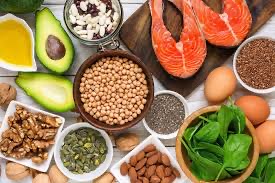LIVING OFF AND IN CAMPUS
Living off campus. Many factors need to be taken into account while deciding whether to live on or off campus. Examine your alternatives carefully; there are advantages and disadvantages to each type of living situation. Here are some tips for choosing between off-campus and on-campus accommodation.

LIVING OFF AND IN CAMPUS
Advantages
No matter where you go to university, living on campus definitely has some benefits.
1. To begin with, it is usually easy to travel to classes from dorms and resident halls because they are ideally situated on or near campus.
2. If you need to drive, you won’t have to worry about finding a place to park or getting to school by public transportation. Being on campus may help you get to your 9am classes on time if you would rather sleep in a few more minutes. 3. Additionally, residents of campus residence halls have the opportunity to socialize with other students and make friends fast.
3. In addition, student life staff will help you and provide programs and events. This can facilitate the adjustment for newly arriving pupils.
Disadvantage of living on campus
1. As with most positive things, there are certain aspects of living on campus that some students may find difficult. For instance, for students who have never shared housing before, living in a residence hall can occasionally be a little daunting. 2. It might get noisy at times, and you never know who you will live with. For individuals who require silence for studying, you might want to look for another spot to get their reading done.
Advantage of living off campus
1. Living off campus may be more cost-effective if you’re looking to cut costs. You have control over how much you spend on food, housing, and other bills. You can choose how much you want to spend each month on food and utilities, whether you’ll need a roommate or not, and whether you want to live in a shared or private residence.
2. You also have the option of choosing your preferred distance from your classes or how near you want to be to campus.
Disadvantage of living off campus
1. if you want to cut costs, you may have to find housing farther away from the university. In that scenario, you’ll need to make sure you have enough time and money set aside for a dependable, safe way to get to class on campus (cycling is an excellent, low-cost choice). Furthermore, keep in mind that parking may cost money both on campus and/or at home, so make appropriate plans.
online college,

 Travel4 weeks ago
Travel4 weeks ago
 Health2 weeks ago
Health2 weeks ago
 Health3 weeks ago
Health3 weeks ago
 Health3 weeks ago
Health3 weeks ago











